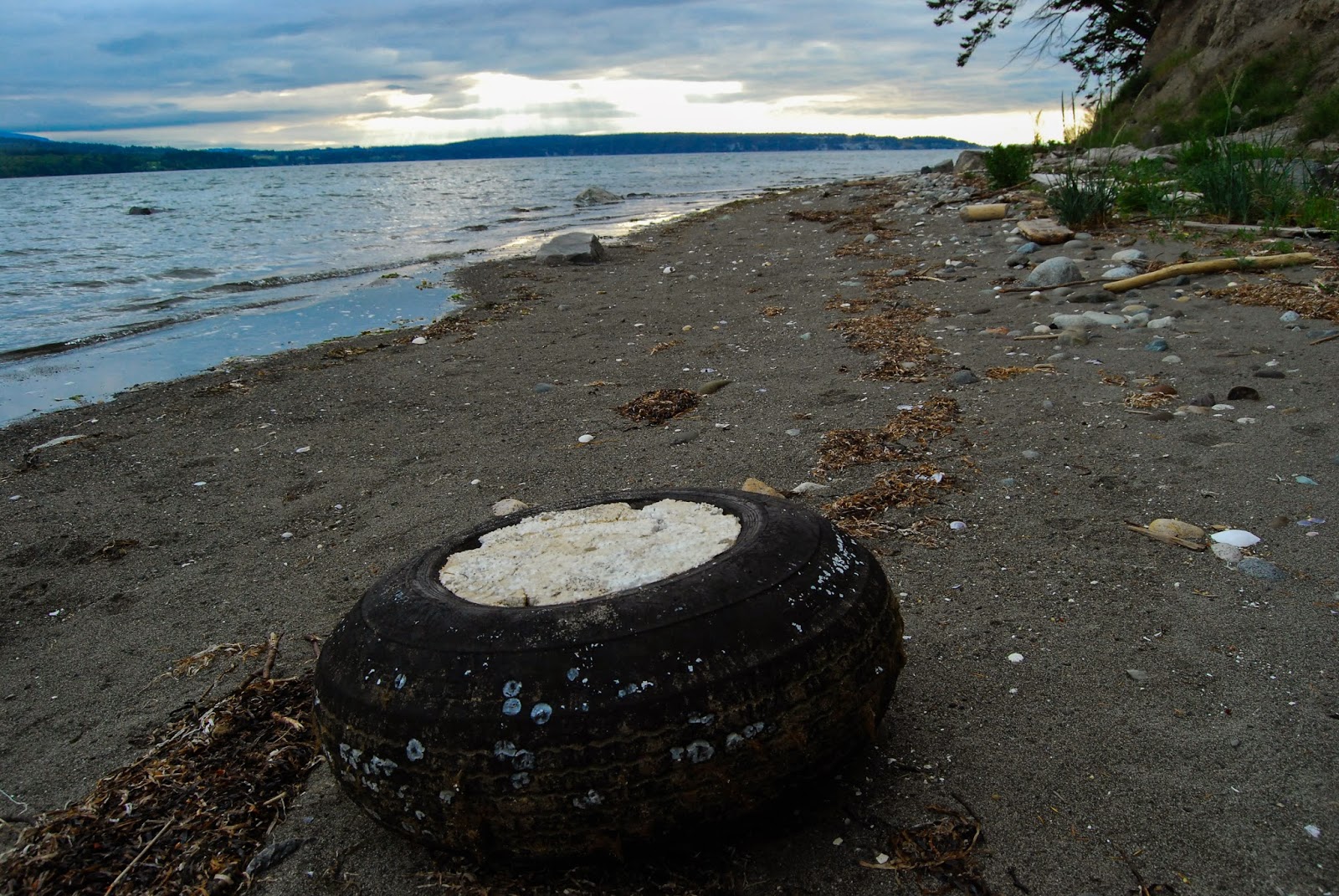March 8th of this year, Malaysian airlines flight
MH370 disappeared. The baffling
disappearance is a mystery that persists 86 days later despite what is perhaps
the most technologically sophisticated search conducted to date.
While the disappearance of the flight remains an unsolved
mystery, one side effect of the intense search has been to focus attention on the
large amount of man-made floating debris in the most remote parts of the ocean,
everything from lost or discarded fishing gear to entire lost shipping
containers.
“Search efforts intensified on 20 March, after large pieces
of possible debris had been photographed in this area four days earlier by a
satellite. Australia, the United Kingdom, the United States, China, Japan, New
Zealand, and South Korea assigned military and civilian ships and aircraft to
the search. China published images from satellite Gaofen 1 on 22 March that
showed large debris about 120 km (75 mi) south west of the previous sighting.
On 26 March, images from French satellites indicated 122 floating objects in
the southern Indian Ocean. Thai satellite images published on 27 March showed
about 300 floating objects about 200 km (120 mi) from the French satellites'
target area. The abundant finds, none yet confirmed to be from the flight,
brought the realisation of the prior lack of surveillance over the area, and
the vast amounts of marine debris littering the oceans.” - Wikipedia: Malaysia
Airlines Flight 370.
The referenced Wikipedia article has pulled together many of
the reports of marine debris fields discovered in the vast and remotest parts
of the Southern Indian Ocean, sourced from plane overflights, search vessels,
and some of the largest from satellite imagery.
Imagine, garbage fields visible from space!
Can this ocean of garbage be cleaned up? Unlikely.
The effort required to collect large amounts of garbage in remote and
untraveled areas is prohibitive, and represents a drop in a very large
bucket. It’s hard to know how to start
to help. A large proportion of the
garbage in remote areas comes from huge shipping containers lost overboard,
loss of equipment from large-scale fishing operations. However, some proportion of it is undoubtedly
sourced on land, from household garbage.
On a recent visit to Port Townsend, Washington State’s
quaint Victorian arts community and tourist haven, I walked the beaches along
Discovery Bay, and was reminded of the lessons of MH370 by the trash all over
the littoral zone. I picked up a nice
pile of plastic bags and sheeting.
I left the tires.
It makes me feel helpless to think of the insurmountable
task of cleaning up the ocean. What I can do is small but impactful – pick up a piece or more of trash every day. 365 pieces a year. Maybe a few thousand in a lifetime. If we can spread this discipline, teach our
kids, get 100, 1000, a million, a billion people doing the same, will it end
the problem? No, but it’s a start.
Join me, won’t you?


If only it could spread to 10 more, one, even, it would be a start. I know you have influenced my garbage gathering.
ReplyDelete